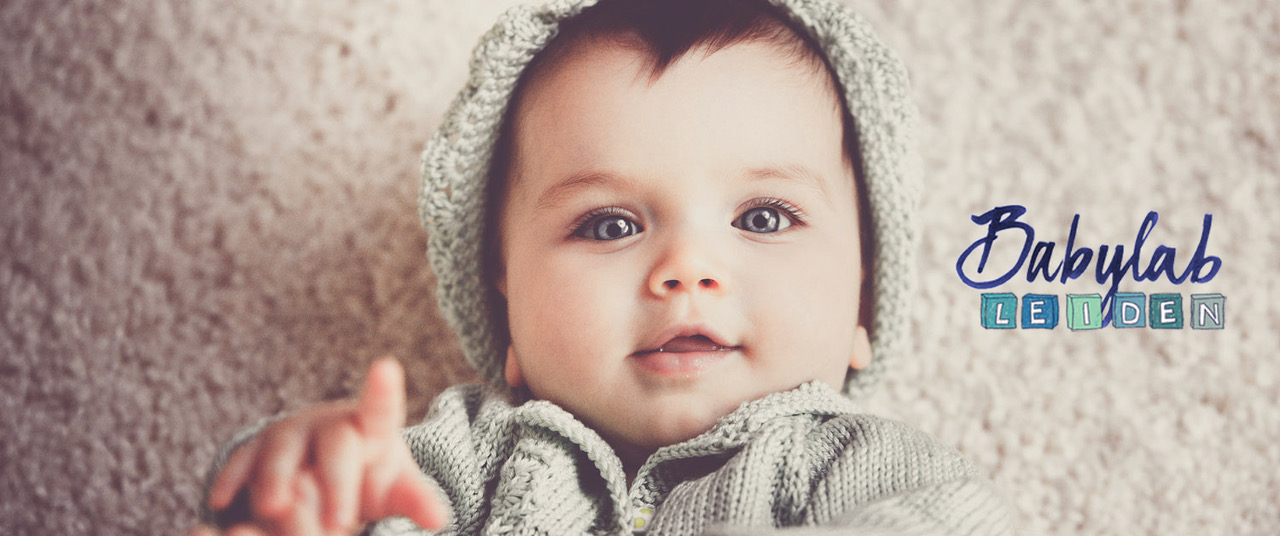Current studies
We always have several ongoing studies running in our labs. Below you can find information about each one.
Many Babies 2: “Theory of mind”
This is a collaborative study involving many babylabs around the word. In this study we investigate whether 2-3-year-olds are able to anticipate the behavior of a character by taking into account what this character knows or does not know about the situation. Your child sits in your lap and is shown cartoon animations in which one of the characters hides and the other tries to find him. The one who searches sometimes does know that the other changed his location. By using an eye-tracker we will be able to see whether your child would look at the location where s/he expects the character should search.

Many Babies 3: “Rule Learning”
This study is a collaborative effort among labs around the world, with two of the four team leads based here in Leiden. In this study, we are conducting a replication study of work from Marcus and colleagues (1999). In this study, we aim to find out whether infants between 5 and 12 months old are able to extract patterns from ongoing speech. We think this ability may be foundational for learning about grammatical rules in speech and language.

In this study, your baby sits on your lap during this study and listens to a two-minute learning phase, where they hear speech sounds that follow a specific pattern. Immediately after the learning phase ends, a short test phase begins, where we play sounds that follow the same pattern as in the learning phase, or a different pattern. We see whether the entire group of babies can tell the difference between the familiar and novel pattern by measuring the amount of time they turn to listen to the different patterns that play from speakers on their left or right. Your baby controls the experiment and they get to hear what they like to hear, and stop hearing what they’re not interested in!
How babies learn to understand different sounds/tones in the language
In this study, we want to understand how babies learn to understand the different sounds that make up words in other languages. We will be studying babies who are 4.5 and 10 months old. During the study, your baby will sit on your lap and listen to a series of sounds that change in tone.
We will use a NIRS headgear that shines light onto your baby's head and measures brain activity. This is a safe and non-invasive way to study brain development in babies. By learning more about how babies process these sounds, we can better understand how their brains develop and how they learn a language.

PerPLex: Perception and Production of Lexical items
You may have noticed that sometimes your toddler says words differently than you would do. For example: ‘tuck’ instead of ‘truck’. But why do toddlers do this? Is it a mispronunciation, as would be the case with adults? Or have they not yet completely perceived and thus incorrectly memorized that word (in the mental dictionary)? Or are they not capable yet of properly pronouncing all the sounds involved due to incomplete production?
To recognize a mispronunciation, a word must already be learned correctly through the speech perception system. To correct it, the speech production system must be able to properly pronounce a word. Both systems consist of multiple steps, so knowledge must be acquired and applied on several levels simultaneously. Sometimes toddlers may have a hard time dealing with this.
By observing if and how they handle mispronunciations we can learn a lot about whether we deal with either actual mispronunciations or the result of incomplete perception or incomplete production. The PerPLex project, a collaboration with the Radboud University Nijmegen, investigates why children between 2 and 3 years old make such types of mistakes. Specifically, we are curious about self-monitoring in these children, i.e., the extent to which they themselves (can) adjust their speech when they "mispronounce" something.
The study consists of multiple parts. First, a few standardized tests determine which words your toddler can recognize and speak. Then, a series of tasks are presented in the lab spread over two visits. From language games with your toddler where mispronunciations are provoked, we can analyze (the degree of) self-correction. In addition, your toddler will watch some videos while an eye tracker measures what your child looks at when pictures are named. In this way, the extent to which toddlers recognize the different words using their perception system can be analyzed.

